I meet Almadjan in her office in southern Bishkek, and later we go out for a beer. I return several times to talk with her. My sister Marie buys me a beautiful quilt from her store for my birthday. (merci)
Almadjan is a bold woman. Short. compact and strong. She has perfectly messy bleached blond hair. Provocatively modern. She is not someone who will complicate her life it seems - she’s brutally straightforward. I like it. A sharp-shooter. She wears a touch of make-up, but she does not look flustered by her soft wrinkles. She is at ease with her age and her life. She has had many lives.
Almadjan talks about her daughter and her mother. She is part of a line of strong, bold, and strikingly unconventional woman. He mother was divorced and left her husband when Almadjan was a little girl. She was raised by women. You can feel the force she finds in her femininity. She wears ethnic silver bangles around her wrist. a red shirt and black pants. she’s put together. fresh.
A Self-proclaimed Soviet Woman
Almadjan repeats, “Oh yes, I’m a Soviet Woman”
“We, Soviet women,” she says, “are highly educated.” According to her experience – a sentiment I will find throughout Kyrgyzstan - there is nothing bad or pejorative in being a Soviet woman. Her parents were communists, dedicated to communist ideals. “Honest, clear, clean,” she says. Her dad was a physics teacher, her mom a history teacher. “Nobody craved or lusted after money,” she says. “We traveled freely around the USSR. As a child, I went to Tashkent, Moscow. Probably the only problem with the Soviet Union,” see notes, “was that is was closed. We didn’t see much luxury, but we felt secure, in jobs and as persons.”
She admits that much of Stalin’s policy for Central Asia was to exploit and tax the land, killing the brightest and strongest of the Kyrgyz men and women, not letting them become a strong nation. But she says, “the USSR gave much to Kyrgyzstan. They gave us access to the world, to world culture, to literature, science and technology. They gave us the notion of statehood. They gave us literacy. This is why it makes no sense for us to tear down Lenin’s statues. This is why we can remember.” Almadjan marks however that “of course there were many negatives which stemmed from the narrow policy of communist party leaders. Collectivization was brutal and unnecessary. Nationalists were also punished and suffocated. But our crafts never stopped. The Embroidery, the Shyrdaks, the Kurak all continued.”
Under the USSR, talented craftspeople were organized under the banner of the “State Crafts Union” which centralized creation and industrialized production. Quantity was often more important than quality. Styles were chosen by the factory’s designers – often inspired by Moscow. The Soviet presence did severely impact – almost impair handicrafts. Speaking recently in Uzbekistan with Mutalibjan, the second in command at Andijan’s Hunarmand Crafts Association, he confided that had the Soviets stayed 20 more years, most of Central Asia’s crafts traditions would have been lost.
The Fall of the USSR
An English teacher at one of Bishkek’s top universities – Almadjan was armed for the fall of the Soviet Union. She had acquired the tools to reach out to the English-speaking world. She quickly went to work for the US government – the second country, after Turkey to open its Embassy in the Capital. (The US was indeed eager to get its foot in the door.) Almadjan joined the government’s USIS – the US Information Services here in Kyrgyzstan, where she was exposed to the ins-and-outs of American culture, and introduced to the money, grants and support that US organizations were willing to give to Central Asia.
Having acquired the experience, expertise and confidence, in 1996 Almadjan opened one of the first NGOs promoting women’s rights in Kyrgyzstan. She then wrote a plan to the Soros Foundation – one of the largest donors in Kyrgyzstan, doing outstanding and interesting work. She met with George Soros and got her project supported. She’s the kind of strong woman you want to give money too – she looks fierce, as if she could blast through any obstacles. fearless. Its easy to see how she could have seduced the philanthropic American billionaire.
She designed an international conference on “Patchwork and Modernity”. Three days of roundtables, master-classes and exhibitions.
Kyrgyz Heritage
Inspired by the idea of combining Patchwork and Modernity, and driven by the need to do more to support the many unemployed women she was meeting, Almadjan decided to open a crafts business. With an original group of 5 women, the crafts business openned in 2001. Each woman invested 2,000USD into the venture. They looked for skilled and talented women who could embroider and felt and launched themselves.
“The beginning was a waste of time,” says Almadjan. “We wasted so much time and resources. We were not business minded, and didn’t really understand the market we were entering. We didn’t know how to keep our production up to international standards – we didn’t know the basics, like which colors would sell, which sizes fit our biggest demand pool.”
“It was two years spent out in the rain,” Almadjan says, “All our money disappeared.”
Then a Canadian consultant came to help their faltering organization. She was a retired consultant, ready to act as a volunteer advisor for the organization. She turned the organization around. She came three times for two weeks over a three year period. She made an electronic catalogue to send to potential buyers, she donated a digital camera so that the organization could share their work. Most of all, the consultant designed and wrote a business plan for the company. She conducted business seminars, and developed an order form. Almadjan, sums it up saying: “basically, the consultant taught us how to run our business.”
Today there are 23 women who work part-time from their homes as seamstresses for the company – renamed Kyrgyz Heritage - as well as 7 full-time staff. Most of the 23 woman are originally from the countryside, but now reside in Bishkek. The company is focused on Kurdak – patchworking.
Her business is doing well, but Almadjan says the competition is FIERCE. She claims that there are over 300,000 people working in crafts today in Kyrgyzstan. Out of a population of 5 million, this is quite substantial.
Symbols
Today, Kyrgyz Heritage is focused on reviving traditional Kyrgyz patterns and symbols in Patchwork. The company makes quilts, wall-hangings, bags, pillow-covers, table liners – you name it - all boldly designed with the symbols of the Kyrgyz nomads.
“We [the Kyrgyz] have our own way of thinking,” says Almadjan. “The early Kyrgyz were children of nature. They considered themselves as part of nature: the sun, moon, mountains were intertwined in their lives. They knew a cyclical time, led by the equinox. At Kyrgyz Heritage, we have integrated this knowledge in the crafts we make today. We incorporate the meaningful ornaments of the past.”
mountains. nomads. infinite. skies and the sun.
Even if the symbols and some gestures remain, today, most Kyrgyz have lost the knowledge of their ancestors self-sufficient way of life. So that the mountains that once protected and nourished their forefathers – are now serious obstacles to development.
(enough to wonder if the nomadic lifestyle was not much more adapted and better for the high mountains. sometimes, I feel that these are the lifestyles that will save the world when we have blasted the planet with our delirious consumption and ignorance – another story – but some people are working on the question and trying to preserve this nomadic knowledge for use around the world, especially in refugee camps. The Yurt Revolution)
back to mountains and the development challenge they pose.
About today’s economic crisis
“We are 97% mountainous,” says Almadjan. “We have to deal with high-mountainous conditions. Roads, development, everything is harder here. Compounded with constant earth-quakes, landslides. This is eating at the state budget. Everything is more expensive in Kyrgyzstan. Furthermore, we are landlocked – we have to pay for all our access. We have to pay everyone.” Almadjan says.
Almadjan sees the end of the Soviet Empire as having the scale and amplitude of a revolution. Any revolution she says is accompanied by a severe crisis in all spheres of life: economic, morality, culture (tradition), education. She says that the transitional period after a revolution can last anything from 5 to 50 years depending on the geopolitical interest/policy/leaders. It has been almost 20 years already for Kyrgyzstan.
This is a hard burden. time stretched out and frozen.
I ask Almadjan about the role Islam can play in Kyrgyzstan
She says that Islam is a “young and aggressive religion.” She thinks that Islam is at the top of its spiral – peaking globally. But after this peak, she says Islam will start to decline on a global scale. “Of course we [the Kyrgyz] converted, but we are modern,” she says. She believes that 90% of Kyrgyz traditions are nomadic, she accords only 10% to Islam.
(This an answer from a “Soviet Woman” – and many contesting ideas emerge over the next weeks in Kyrgyzstan. but the country is overwhelmingly liberal and more about personal-religious experience rather than canonical/institutional frameworks.)
Almadjan points out that the traditional ornamentation of Kyrgyzstan’s crafts are devoid of religious influence. Ornaments have preserved the nomad’s beliefs – their links with the natural world, their worship of the stars and the sun. The ornaments, she believes have preserved the meaningful, informative symbols of the nomads. Every hook, every turn in the design has some semantic meaning. Reflecting the openness of the plain, the freedom of the nomads.
It is these meanings that Kyrgyz Heritage tries to revive.
The Future of her Business
The seasonal shifts in demand she says are “absolutely frustrating”. In the summer tourist months the company runs smoothly, but the winter is hard to get through. The company still needs to stabilize demand and find new year-round buyers.
Furthermore, Almadjan laments that “there is no support for the business community here, especially the small-business community. The unstable political situation is hurting us – it’s hurting our production lines: women can’t come to work if there are demos going on. It’s hurting our demand, as tourists don’t want to travel to Kyrgyzstan if there is political instability.”
She has been to the demos raging this week out on Ala Tau Square. She’s trying to oust the current president – a “southy” she says pejoratively. She will be at the front-lines of change.
She’s 62.
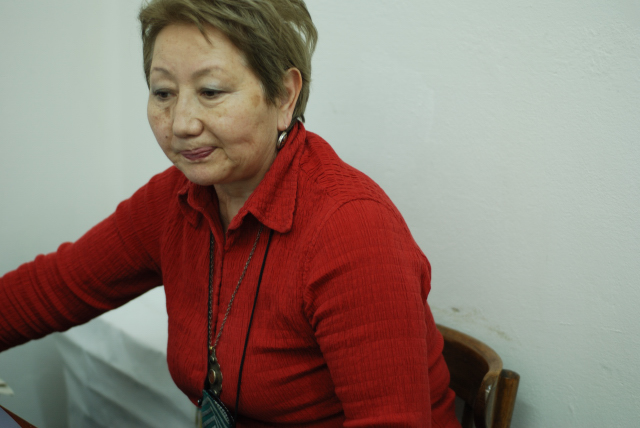
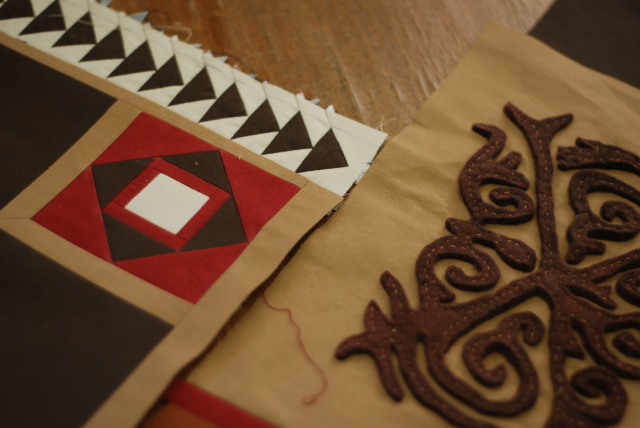

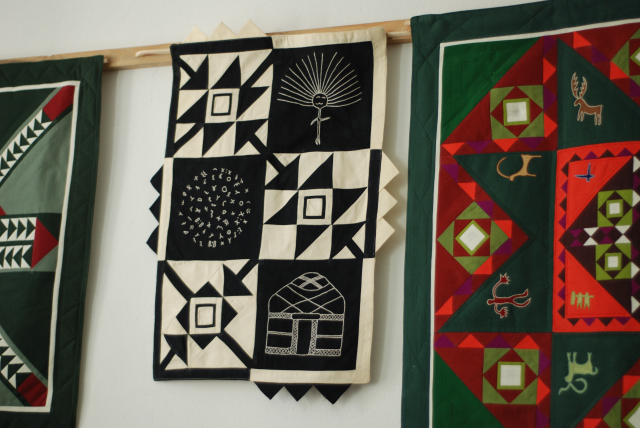

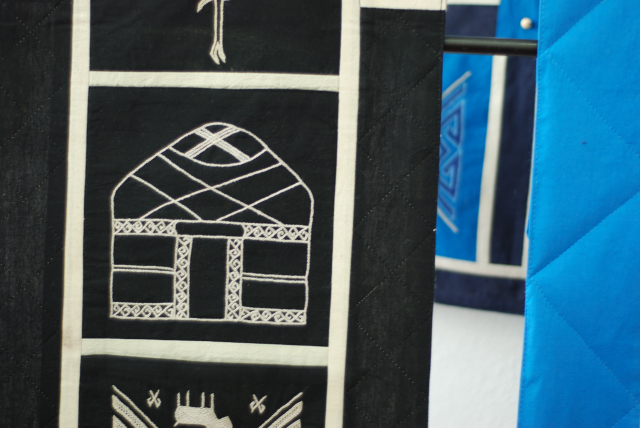
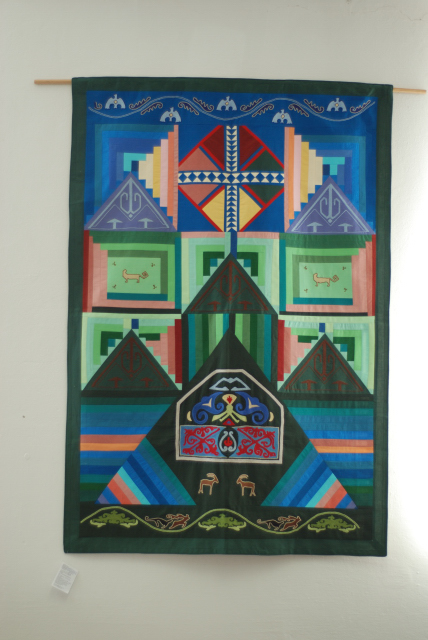



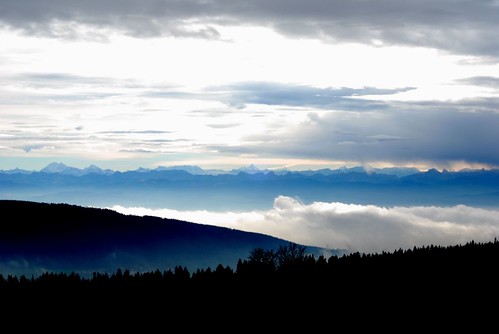
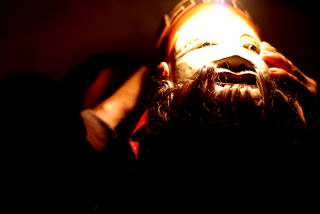
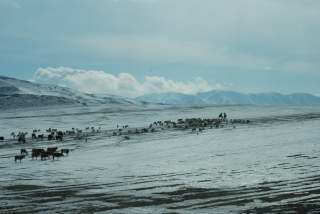
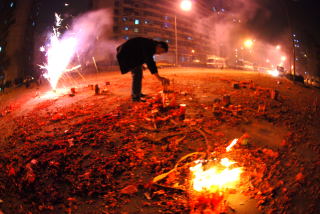
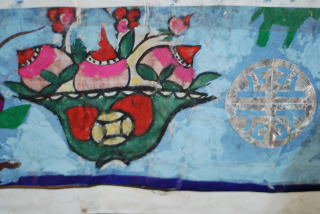

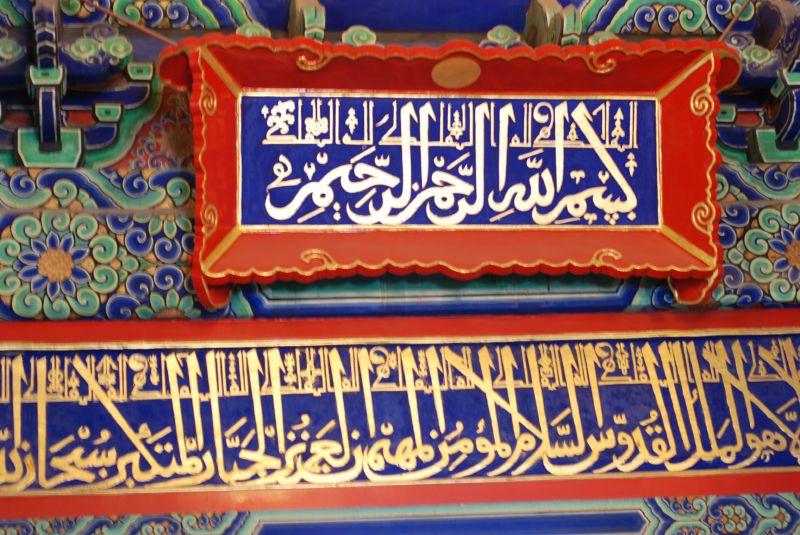
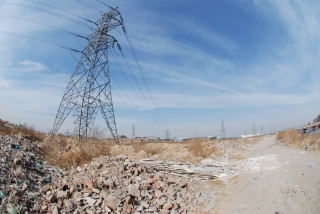
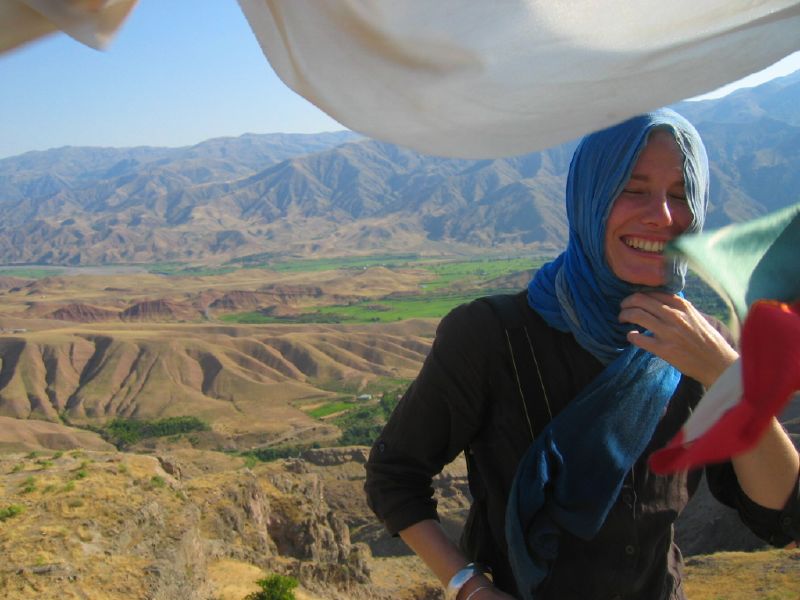
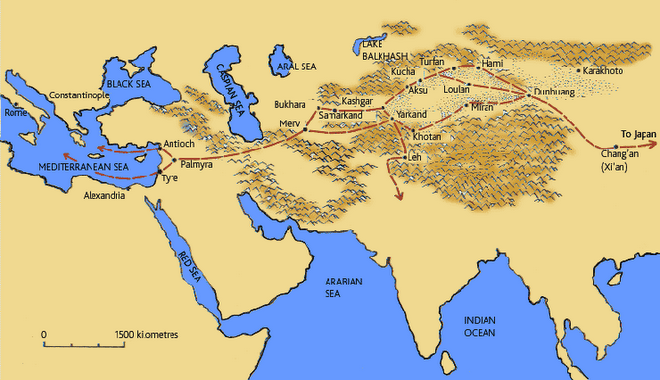
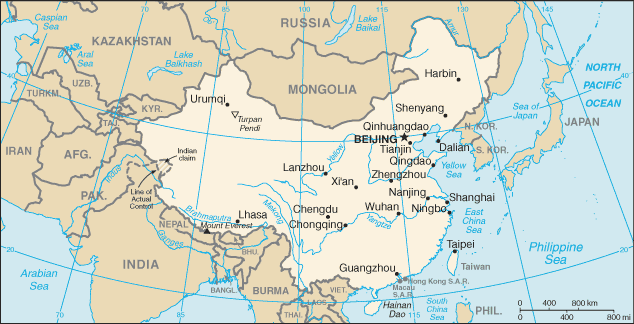
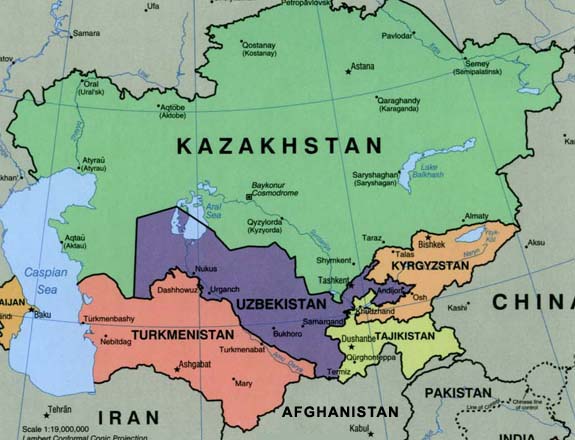
No comments:
Post a Comment